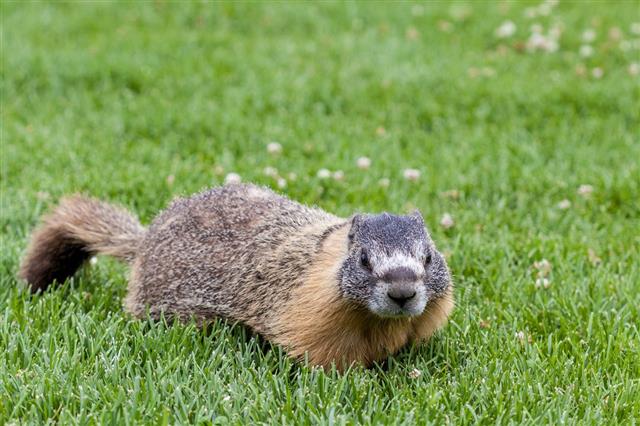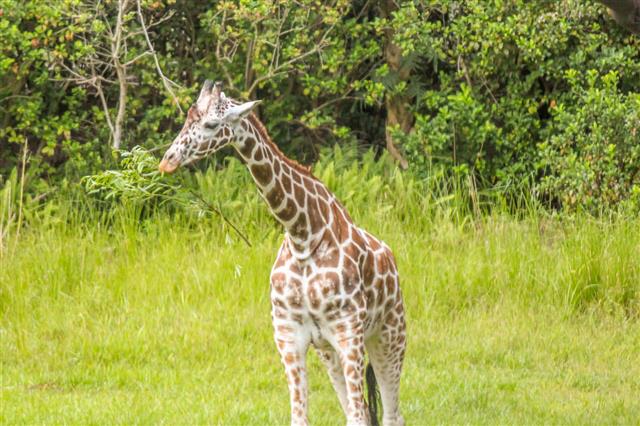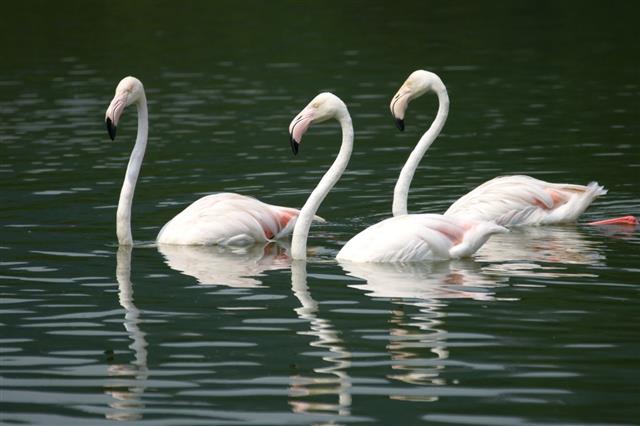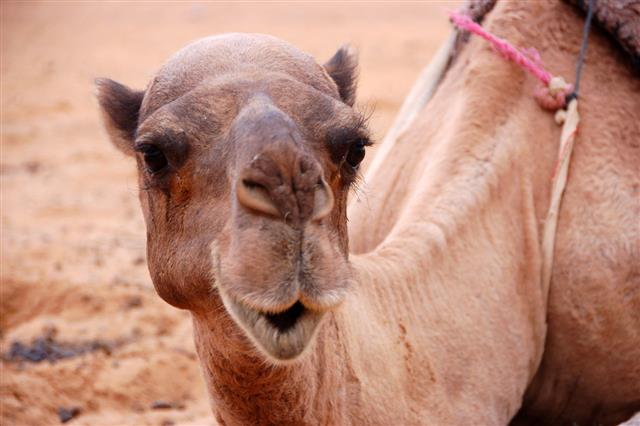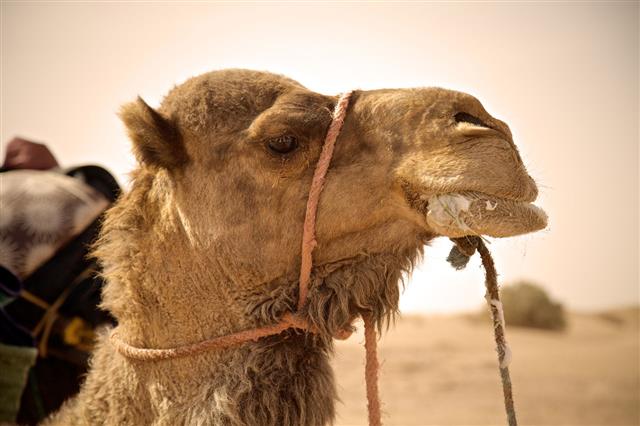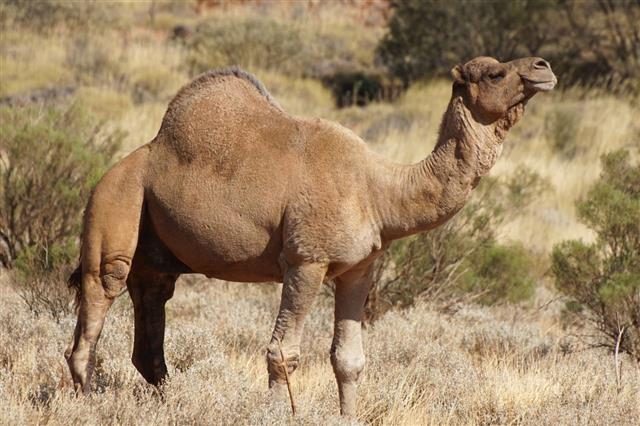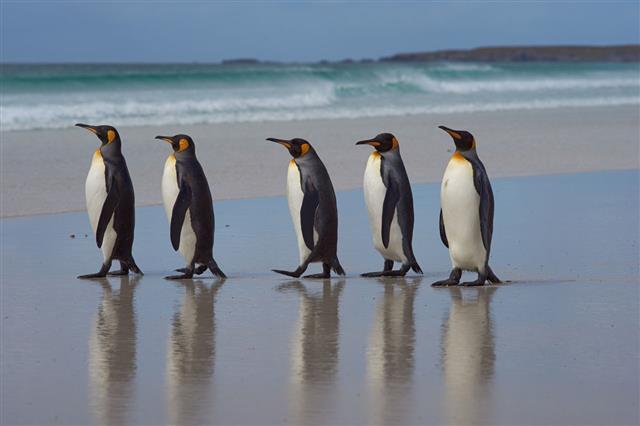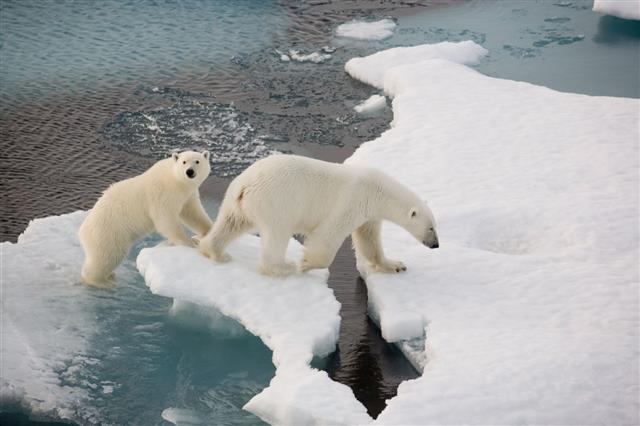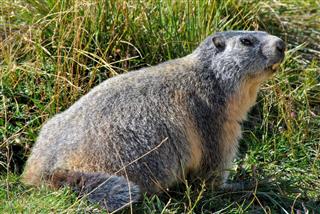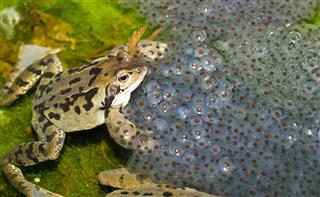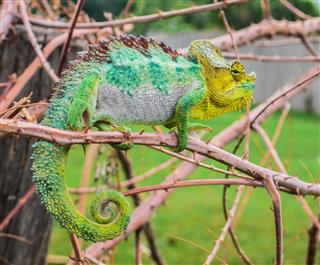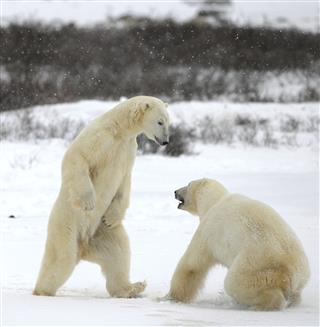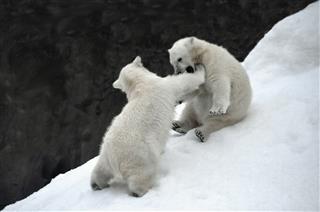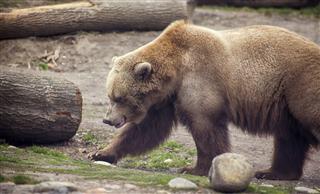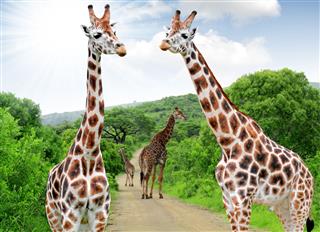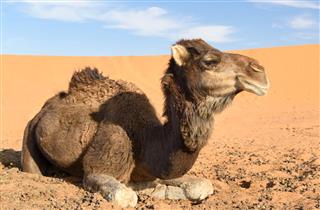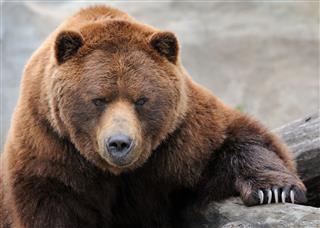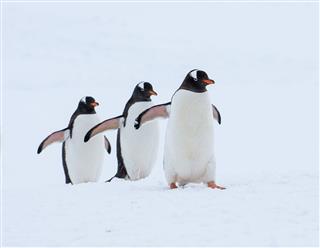
Adaptation is a structural or functional change in a living organism that helps it survive. To look at some of the animal adaptations, read on.
Adaptation, by definition, is any change in the structure or functioning of an organism that makes it better suited to its environment. Adaptation, in essence, is a boon that every organism in nature is gifted with. It is because of their ability to adapt to change, that living beings can survive in diverse kinds of environment.
Some animals have specialized body structures or certain body organs that help them survive in their habitat, while others move to a different environment in some parts of the year, to be able to survive. Some animals display the ability to camouflage while others have interesting defense mechanisms that protect them from predators. Here is an overview of some of the interesting animal adaptations observed in nature.
Adaptations in Animals
One of the very well-known examples of animal adaptations is that of the ships of the desert, the camels.
To protect itself from the blowing sand of the desert, a camel has two rows of long and thick eyelashes. Its nostrils can be closed to prevent the blowing sand from getting in.
A camel’s hooves with broad and leathery pads create a snowshoe effect and prevent it from sinking in the sand. Its hump that stores fat helps it sustain for long periods without food and water.
# Some desert mammals like the mule deer adapt to the harsh climatic conditions by remaining active only during the first few hours of dawn and dusk.
# Polar bears, which inhabit the polar regions of the planet, have adapted to the aquatic environment. They have a thick layer of fat and dense layers of fur to protect them from the cold.
The front paws of polar bears propel through water and their nostrils can be closed when swimming underwater. This adaptation gives them the ability to travel for long distances underwater. The layer of blubber on their bodies serves as an effective insulation and helps them maintain a normal body temperature.
A musk ox has two layers of fur. The air trapped between the layers helps it thrive in the cold climates.
Giraffes exhibit some interesting adaptations that help them survive in the savannas. Their fringed tails help keep the flies and insects away. Their long legs and neck provide them with the height to reach tall trees. The long tongue helps a giraffe strip off leaves while its tough lips protect it from thorns.
# Many animals exhibit the feature of camouflaging, which helps them hide from predators and also helps them catch prey.
# Giraffes have a camouflaged coat that helps them hide themselves from their enemies.
# The white coat of polar bears helps them camouflage with the white snow.
# A common snake-neck turtle is covered in camouflaging algae.
# A mackerel tabby blends with its environment.
# Certain fish possess the abilities to change their skin color by changing their diet.
# Some fish inhabiting the deep seas are bioluminescent and have large eyes. These are their adaptations to survive in the dark.
An interesting adaptation seen in the Tetraodontidae family of fish is their ability to inflate themselves when threatened. They use it as their defense mechanism. The striped burrfish, can blow itself up in defense. It has an organ known as a buccal pump, which enables it to inflate its body.
The chameleon is a classic example of camouflage. It can change its color to merge with the surroundings, thus remaining unnoticed by its predators.
Frogs use camouflaging as their defense mechanism. During the day, they find a place where their color blends with their surroundings, such that they are not easily seen. Some frogs can even change color.
# A unique animal adaptation observed in certain fish is that of countershading. Pelagic fish are often light-colored at the bottom and dark at the top. Due to this coloration, the birds flying atop cannot see the fish easily due to their dark color while the fish swimming below them do not easily see their light-colored bodies.
# The shape of the bodies of fish is another adaptation that helps them swim swiftly in water.
# A commonly seen animal adaptation is that animals have adapted to eating foods that other animals do not. Animals living in the same habitat compete for food. But the adaptation of eating a less commonly consumed food lessens this competition and strikes a balance in nature.
# An interesting form of animal adaptation is hibernation. It is a state of inactivity characterized by low metabolic rate.
For five to seven months every year, grizzly bears hibernate. The male bears’ hibernation ends in March, while the females’ hibernation period ends in April or May. Grizzly bears do not urinate or defecate during the period of their hibernation.
Marmots are burrowing animals. They hibernate in winter.
# Migration is another form of adaptation typically seen in birds. During certain months of the year, these birds migrate to regions with climatic conditions conducive to their survival.
# The strength in their wings and muscles, their body structure, and their skill to navigate, helps these birds migrate from one part of the world to another.
The American white pelicans gather on feeding grounds to prepare for migration and travel south by September or October.
# The Arctic tern migrates from the Arctic to the Antarctic coast, covering around 44,000 miles. Due to this, it sees two summers each year.
Penguins are very well-adapted to their environment. Their vestigial wings have become flippers which help them when in water. The layer of air within the plumage results in buoyancy and protects them from the cold. Also, the thick layer of feathers protects them from the cold. By controlling the blood flowing to their extremities, they can prevent these parts from freezing. When on land, penguins balance themselves with the help of their tails and wings.
# The bellies of penguins are white and their back and wings are black in color, another example of countershading. The dark backs serve as their camouflage for someone looking from above. And the predators looking up from below, cannot notice them easily due to the white front.
These were some interesting examples of animal adaptations. As such, every living being has adaptive mechanisms that help it survive.
